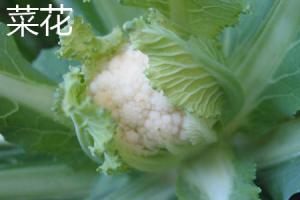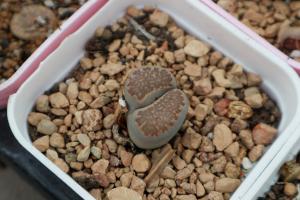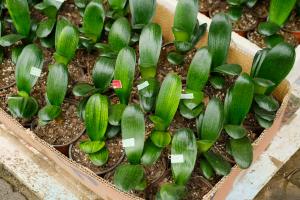How to get rid of tomato plant pests
Tomato plants are a popular choice for gardeners, but they can attract a variety of pests that can damage or even kill your plants. Understanding how to identify and get rid of tomato plant pests is essential for any tomato grower. In this article, we will discuss some of the most common tomato plant pests and offer tips on how to prevent and control them.
Identifying Tomato Plant Pests
The first step in getting rid of tomato plant pests is identifying them. Here are some of the most common pests you may encounter:
Aphids: Small, soft-bodied insects that cluster on new growth and suck sap from the plant.
Cutworms: Larvae of night-flying moths that feed on the stems of young plants.
Whiteflies: Tiny flying insects that suck sap from the underside of leaves.
Hornworms: Large green caterpillars with a horn-like protrusion on their heads that feed on tomato foliage and fruit.
Spider mites: Tiny, nearly invisible pests that spin webs and suck sap from leaves.
These are just a few examples of the many pests that can plague tomato plants. Once you have identified the pest, you can take steps to get rid of it.
Preventing Tomato Plant Pests
Preventing tomato plant pests is the best way to keep your plants healthy. Here are some tips for preventing pests:
Plant in the right location: Tomatoes need at least six hours of sunlight a day and well-draining soil. Plant them in a spot with good air circulation to prevent fungal diseases.
Clean up debris: Remove any dead leaves or plant debris from the garden bed to reduce the likelihood of pests taking up residence.
Use row covers: Cover young plants with row covers to prevent pests from getting to them.
Rotate crops: Rotate your tomato plants with other crops to minimize the buildup of pathogens and pests in the soil.
By taking these preventive measures, you can reduce the likelihood of tomato plant pests taking up residence in your garden.
Natural Remedies for Tomato Plant Pests
If you do encounter tomato plant pests, there are natural remedies you can try before resorting to chemical pesticides. Here are a few options:
Neem oil: This natural insecticide can be sprayed on plants to control aphids, whiteflies, and spider mites.
Diatomaceous earth: A fine powder made from the shells of diatoms that can be sprinkled around plants to control cutworms.
Bt (Bacillus thuringiensis): A naturally occurring bacterium that can be sprayed on plants to control hornworms.
Companion planting: Planting marigolds, basil, or other pest-repelling plants near your tomatoes can make it less likely that pests will take up residence.
These natural remedies can be effective in controlling tomato plant pests without the use of harsh chemicals.
Chemical Pesticides for Tomato Plant Pests
If natural remedies fail to control your tomato plant pests, you may need to resort to chemical pesticides. Here are a few options:
Pyrethrins: A botanical insecticide derived from chrysanthemums that can control a range of pests.
Spinosad: A natural insecticide derived from soil bacteria that can control caterpillars, thrips, and other pests.
Systemic insecticides: Pesticides that are absorbed by the plant and control pests from the inside out.
When using chemical pesticides, it is essential to read and follow the label instructions carefully to ensure their effectiveness and safety.
Conclusion
Tomato plant pests can be a frustrating and damaging problem, but with proper identification and prevention techniques and the use of natural or chemical solutions when necessary, you can keep your plants healthy and productive. Remember to always read and follow label instructions when using chemical pesticides, and enjoy your delicious home-grown tomatoes!

 how many times do yo...
how many times do yo... how many planted tre...
how many planted tre... how many pine trees ...
how many pine trees ... how many pecan trees...
how many pecan trees... how many plants comp...
how many plants comp... how many plants can ...
how many plants can ... how many plants and ...
how many plants and ... how many pepper plan...
how many pepper plan...


































